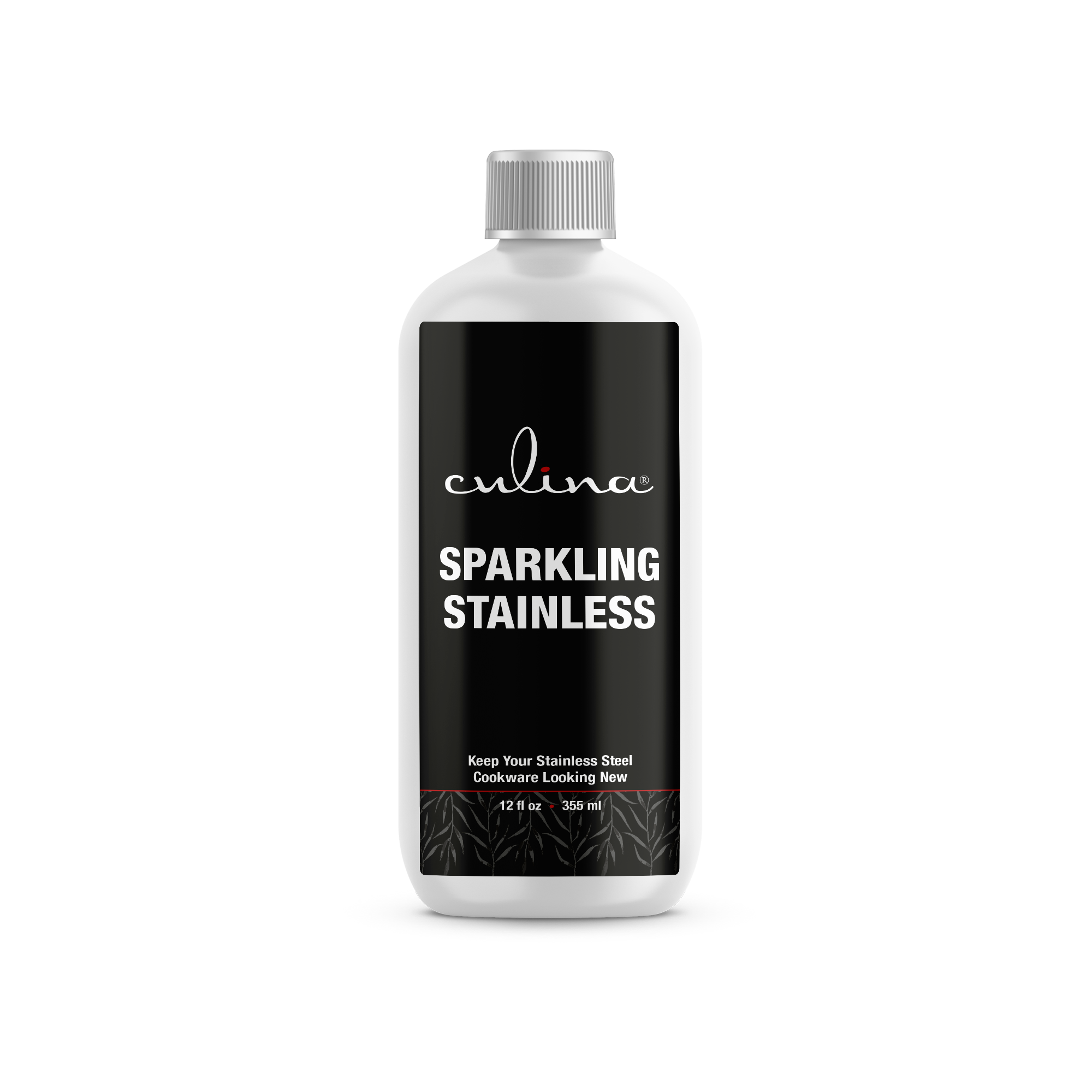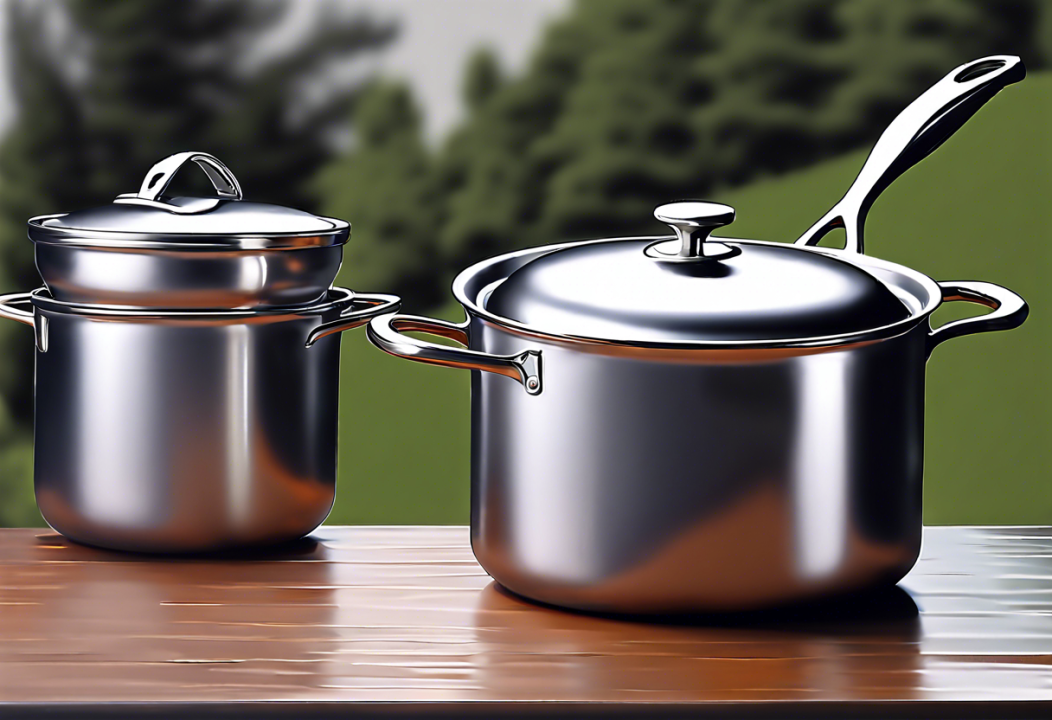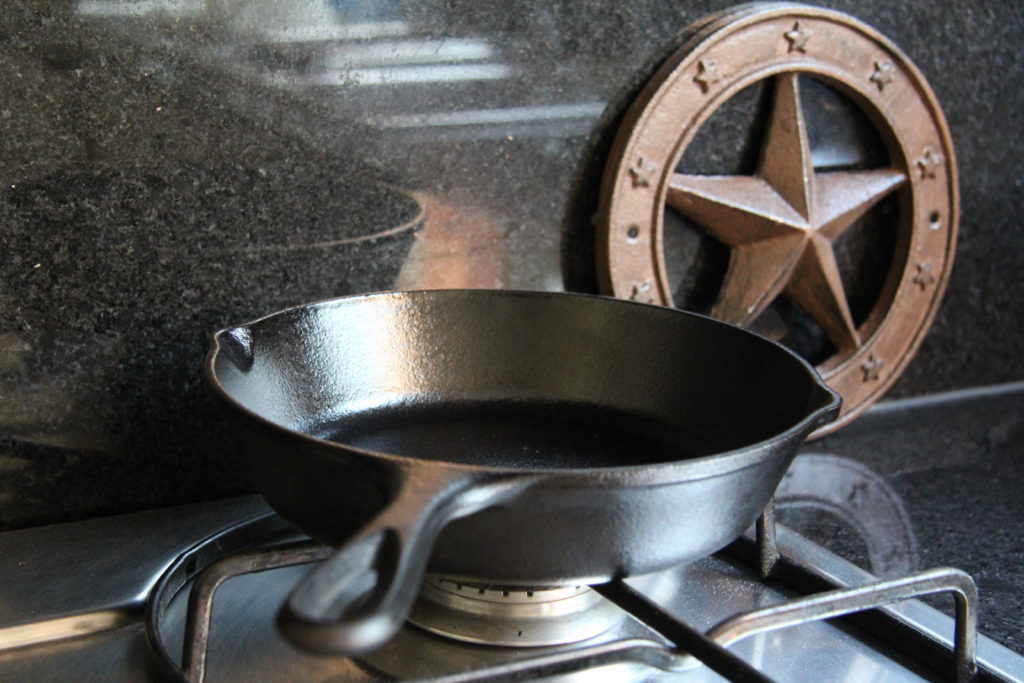When it comes to selecting the right tools for culinary excellence, understanding what is the best saucepan material is fundamental for kitchen professionals. The material of your saucepan can dramatically influence your cooking outcomes, from heat conduction to durability. Moreover, a well-informed choice can enhance your culinary experience, ensuring that every dish emerges with the utmost flavor and texture.
In this article, we delve into the various materials available for saucepans, discussing their pros and cons, making it easier for you to choose the ideal saucepan for your needs. Lets embark on this culinary journey to find out what will work best for your kitchen!

Understanding Saucepan Materials
Saucepan materials come in various compositions, each presenting its unique properties. The common materials used for saucepans include:
Stainless Steel
Stainless steel is perhaps the most popular choice among kitchen professionals. This material is highly durable, resistant to corrosion, and boasts a non-reactive surface, making it suitable for all types of cooking.
Some benefits of using stainless steel saucepans include:
- High resilience to scratches and dents.
- Even heat distribution when combined with an aluminum core.
- Non-reactive, ensuring food flavors remain untouched.
However, there's a downside stainless steel doesn't conduct heat as well as other materials, which can lead to hotspots if not used correctly.
Copper
Copper is favored for its excellent heat conduction properties. This material allows for quick heat adjustments, making it a popular choice among professional chefs who require precision in cooking.
Advantages of using copper saucepans include:
- Unmatched heat conductivity.
- Fast response to temperature changes.
- Aesthetic appeal, bringing sophistication to any kitchen.
On the flip side, copper requires more maintenance. It tarnishes easily and needs to be polished regularly. Additionally, copper can react with acidic foods, so many copper pans are lined with stainless steel.
Aluminum
Aluminum is lightweight and offers excellent heat conduction properties, making it a go-to choice for many cooks. It heats up quickly and evenly, which can enhance the cooking process.
Benefits of aluminum saucepans include:
- Affordability.
- Lightweight nature, providing ease in handling.
- Uniform heat distribution.
However, uncoated aluminum can react with certain foods, altering their flavor and color. Its recommended to opt for anodized or nonstick aluminum for safety and performance.
Nonstick
Nonstick saucepans provide convenience, especially for cooking delicate foods that might typically stick to surfaces, such as eggs or pancakes.
Advantages of nonstick saucepans include:
- Ease of cleaning.
- Requires less oil, promoting healthier cooking.
- Ideal for low-fat cooking.
However, they have limitations such as susceptibility to scratching and a shorter lifespan than traditional cookware, especially when exposed to high heat. Its important to use silicone or wooden utensils to preserve the coating.

Choosing the Right Saucepan Material
Determining the ideal saucepan material depends on various factors including:
Cooking Style
Your cooking methods play a significant role in this decision. For instance, if you often sear meats and make sauces requiring deglazing, a stainless steel or cast iron saucepan is instrumental.
Dish Type
Consider the types of dishes you frequently prepare. If cooking acidic recipes, avoid copper to prevent a chemical reaction that might affect flavor. For sticky dishes, nonstick cookware is highly recommended.
Maintenance Commitment
How much time are you willing to dedicate to maintaining your cookware? Stainless steel and cast iron may require more attentiveness, while nonstick models generally enjoy easier upkeep.

Common Misconceptions About Saucepan Material
Kitchen professionals often encounter myths regarding saucepan materials. Here are a few:
Nonstick Cookware is Always Inferior
This isnt true! High-quality nonstick cookware can be very useful for specific cooking techniques, and when used properly, it can finish dishes beautifully.
All Stainless Steel Cookware is the Same
Not all stainless steel cookware is created equal. There are various grades of stainless steel, and it's essential to select high-quality products that can endure rigorous use.
FAQs
What is the best saucepan material for my needs?
The best saucepan material depends on your cooking style, the type of dishes you prepare, and your maintenance preferences. Stainless steel, copper, aluminum, and nonstick materials all have unique advantages.
How do I clean my stainless steel saucepan?
To clean a stainless steel saucepan, soak it in warm soapy water and use a non-abrasive sponge. For stubborn stains, a paste of baking soda and water works wonders.
Can I use metal utensils with nonstick cookware?
It is advisable to use silicone or wooden utensils with nonstick cookware to prevent scratching and damaging the coating.
In conclusion, understanding what is the best saucepan material helps kitchen professionals make informed decisions while equipping their kitchens. Armed with this knowledge, you can confidently choose the cookware that will serve you best for years to come.
As an Amazon Associate, I earn from qualifying purchases.






Leave a comment
This site is protected by hCaptcha and the hCaptcha Privacy Policy and Terms of Service apply.